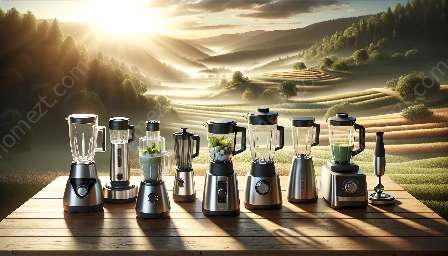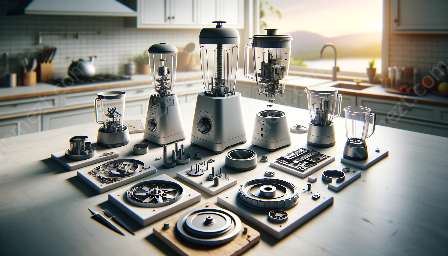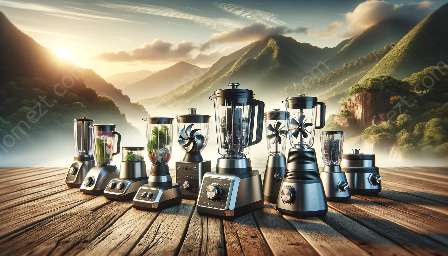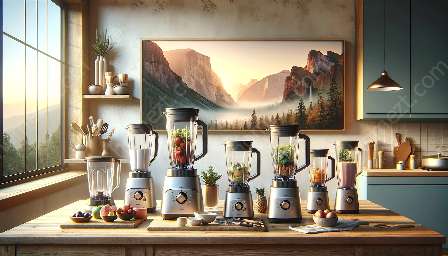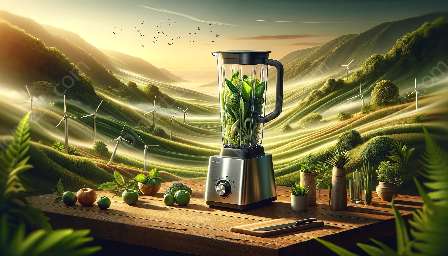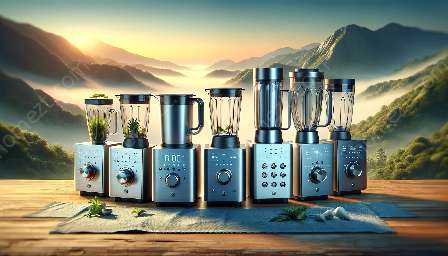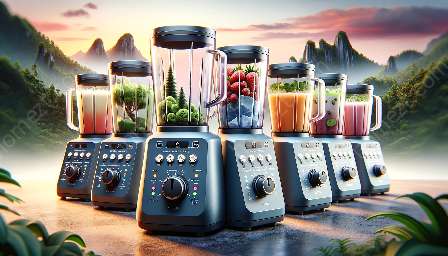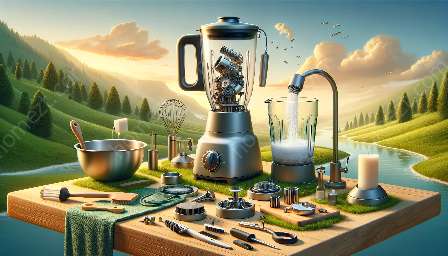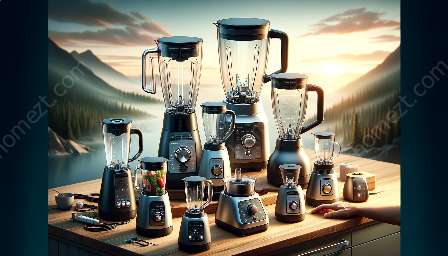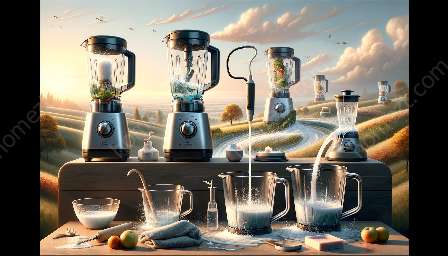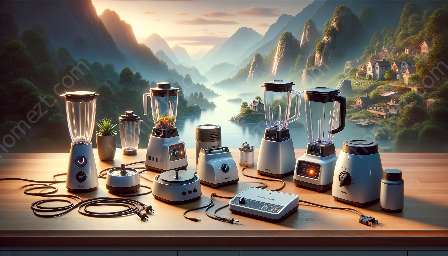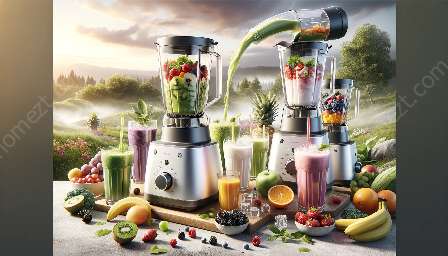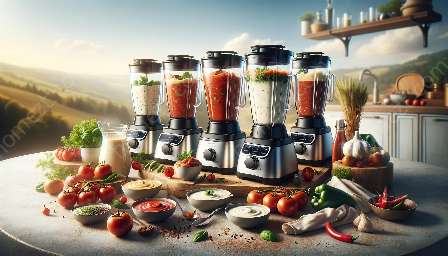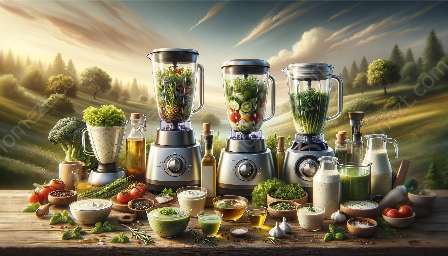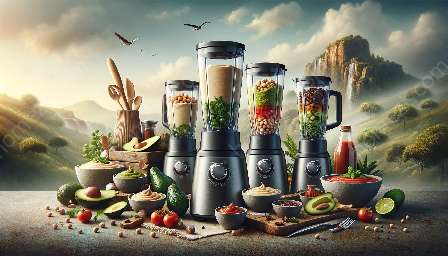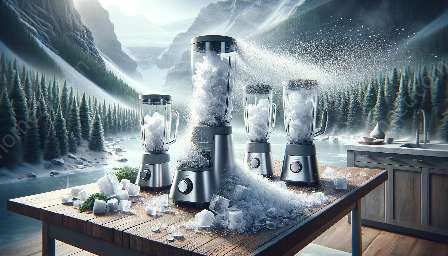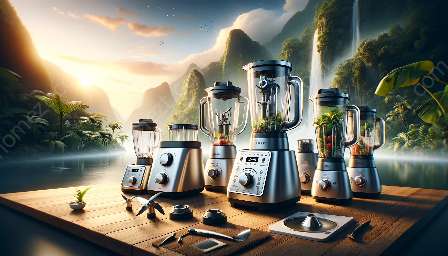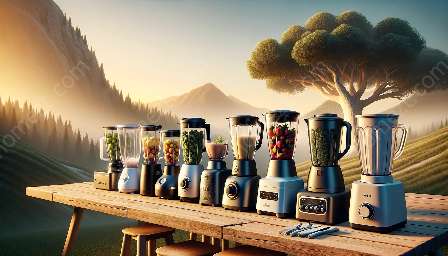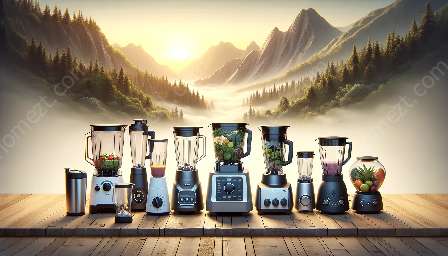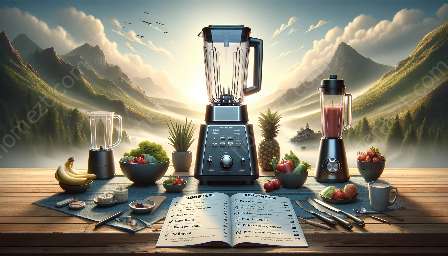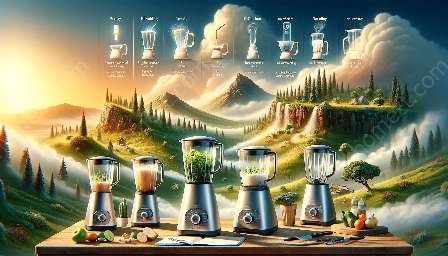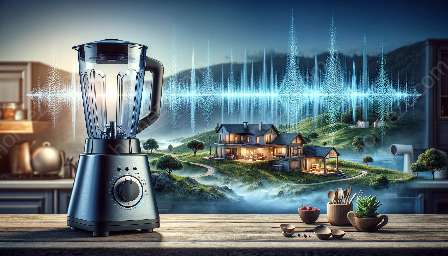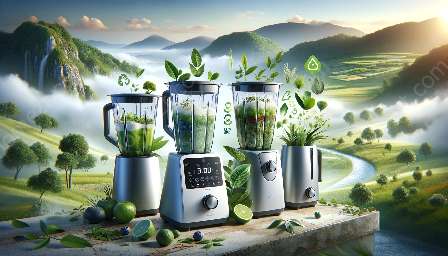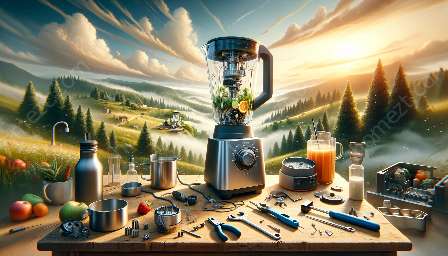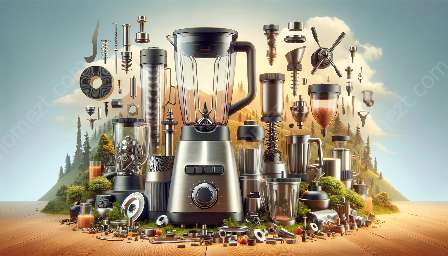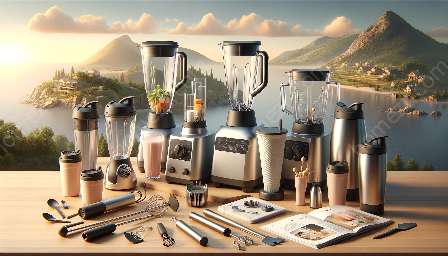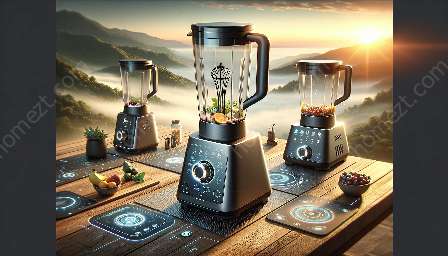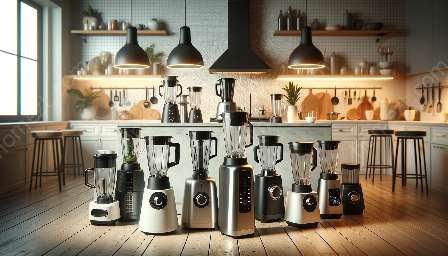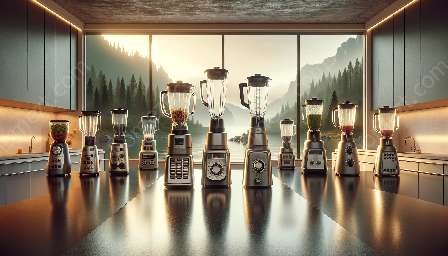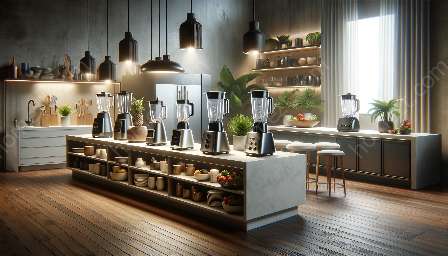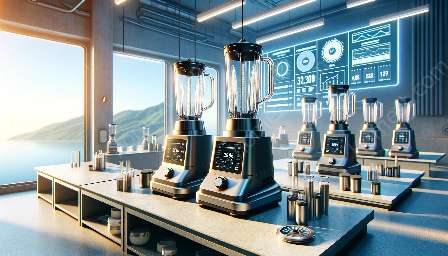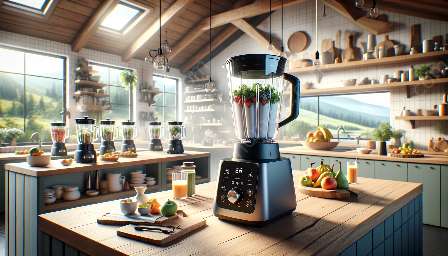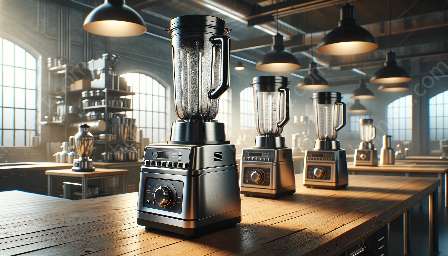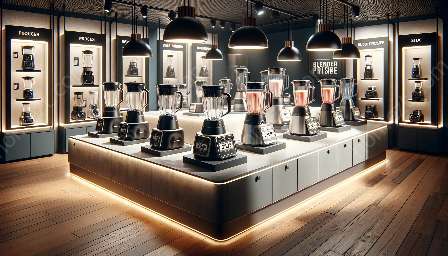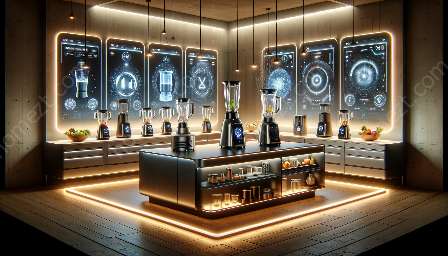When it comes to home appliances, blenders play a crucial role in aiding with meal preparation, smoothie making, and more. However, the durability of blenders is a common concern for many consumers. In this comprehensive guide, we will delve into the key aspects that determine blender durability, explore the factors that affect it, and offer tips to help you maintain a long-lasting blender.
Factors Affecting Blender Durability
Blender durability depends on several factors, including the materials used, construction, motor power, and maintenance. High-quality blenders are typically constructed with durable materials such as stainless steel, BPA-free plastics, and heavy-duty glass for the jar. These materials contribute to the overall strength and longevity of the blender.
Construction
Blender construction also plays a significant role in durability. Seamless construction and sturdy base designs help in absorbing vibrations and ensuring stability during use, thus reducing wear and tear. Additionally, a well-designed blade assembly and jar coupling contribute to the overall durability and performance of the blender.
Motor Power
The motor is the heart of the blender, and its power directly impacts the durability and performance of the appliance. High-quality blenders feature powerful, efficient motors that can handle tough ingredients without straining or overheating. A robust motor is crucial for the longevity of the blender, as it can withstand heavy daily usage and maintain consistent performance over time.
Best Practices for Maintaining Blender Durability
To ensure that your blender remains durable and functional for an extended period, it's essential to follow certain maintenance practices. Regular cleaning, proper usage, and appropriate care can significantly impact the longevity of your blender.
Cleaning
Proper cleaning after each use is essential for maintaining blender durability. Rinse the jar, lid, and blade assembly thoroughly, and disassemble the parts for a more thorough cleaning. Avoid soaking the base in water and use a damp cloth to wipe it clean. Regular maintenance prevents the buildup of residue and ensures that the blender remains in top condition.
Usage
Using the blender within its specified limits is crucial for its longevity. Avoid overfilling the jar, blending extremely hard or frozen ingredients for prolonged periods, and using the blender for tasks it is not designed for. Following the manufacturer's guidelines on usage and recommended ingredients can help prevent premature wear and damage to the blender.
Care
Handle the blender with care to prevent damage to the jar, lid, and blade assembly. Avoid dropping the jar or subjecting it to sudden impacts. Additionally, store the blender in a safe and secure location to prevent accidental damage. Proper care and handling can significantly extend the lifespan of the appliance.
Choosing a Durable Blender
When looking to purchase a blender, consider the following factors to ensure you select a durable appliance that meets your needs:
- Material: Opt for blenders constructed with high-quality, durable materials such as stainless steel, heavy-duty glass, and BPA-free plastics for long-lasting performance.
- Motor Power: Look for blenders with powerful, efficient motors that can handle various ingredients and daily usage without compromising on performance.
- Construction: Check for seamless construction, sturdy base designs, and well-designed blade assemblies and jar couplings to ensure overall durability and stability.
- Warranty: Consider the warranty offered by the manufacturer, as it reflects the confidence in the blender's durability and provides added assurance to the consumer.
By considering these factors and following the maintenance practices outlined, you can maximize the durability and lifespan of your blender, ensuring that it continues to serve you well for years to come.

